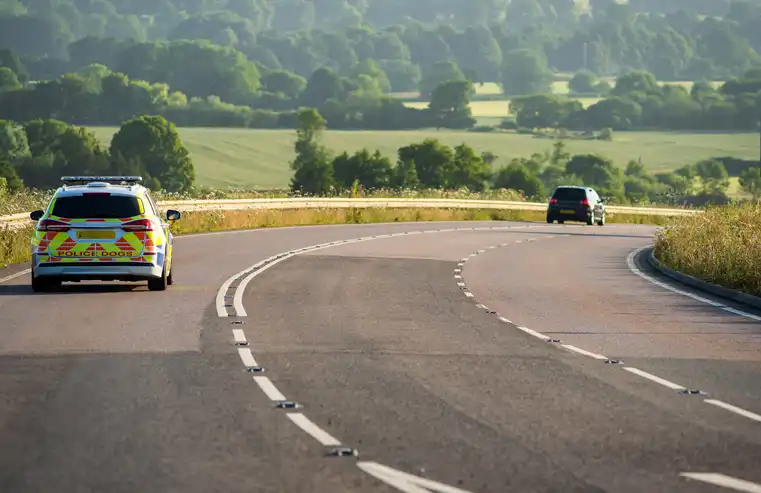- Conveyancing
- Family Law & Divorce
- Wills, Probate & Trusts
-
- Wills, Probate & Trusts
- Will Writing
- Probate
- Trusts
- Powers of Attorney
-
 Wills from £204
Wills from £204
-
 Probate
Probate
-
- Criminal & Motoring
-
- Criminal & Motoring
- Criminal Defence
- Motoring Offences
-
 Motoring Offences
Motoring Offences
-
 Criminal Defence
Criminal Defence
-
- All Personal Services
- Business Services
Solicitors serving Leeds > Conveyancing > Conveyancing In Chapel Allerton
Chapel Allerton - Property Buyer Information
If you're looking for property investor information for Chapel Allerton in Leeds, then you've come to the right place. This guide will give you all the essential information you need to know about investing in this up-and-coming area. We are conveyancing experts with a great local knowledge of the area, let us help you make your move an easy one.
Chapel Allerton is a popular suburb in Leeds, located just north of the city centre. It's well-connected, with good transport links to Leeds and beyond, and has a vibrant community feel. There are plenty of bars, restaurants and shops in the area, as well as green spaces such as Roundhay Park.












